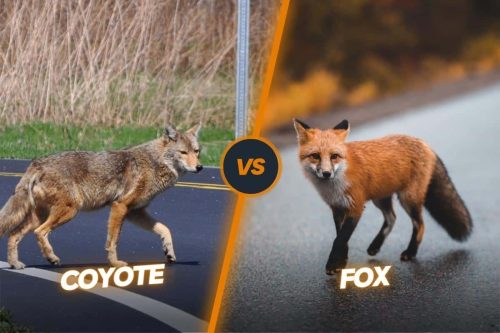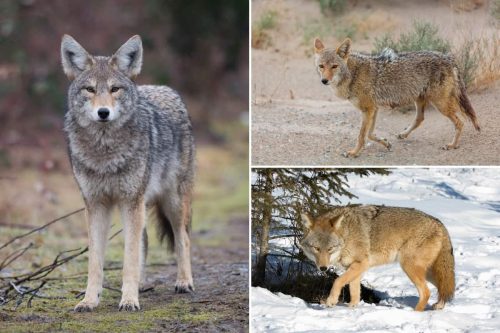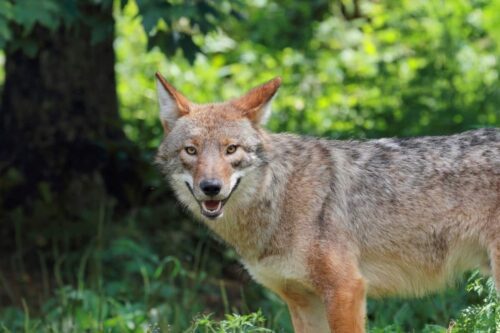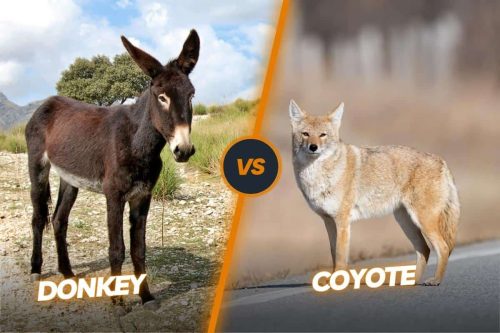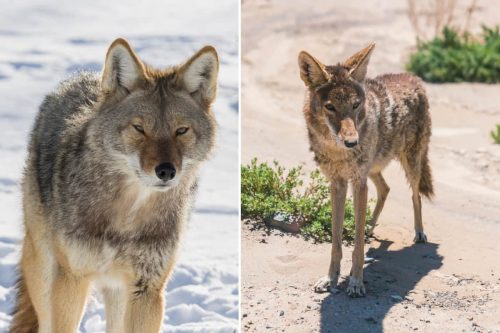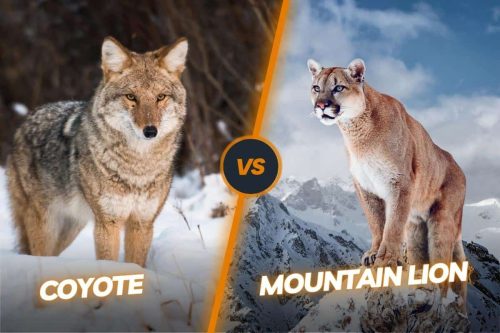Coyotes in Maryland: Ecology, Coexistence, & Hunting
Coyotes have become quite common in almost all the states of the USA. Originally, these wild dogs were the residents of the Western side of the USA but they gradually shifted towards the Eastern side of the USA and now they have become very common in the eastern side of the USA and are famously known as the eastern coyote. Maryland and Delaware are the latest states of the USA where they made their active presence just a few decades before. Now, coyotes have become available in such a large state that people have also started keeping them in captivity. In this article, we are going to discuss in detail the coyotes in Maryland and let you know everything about the coyotes of Maryland.
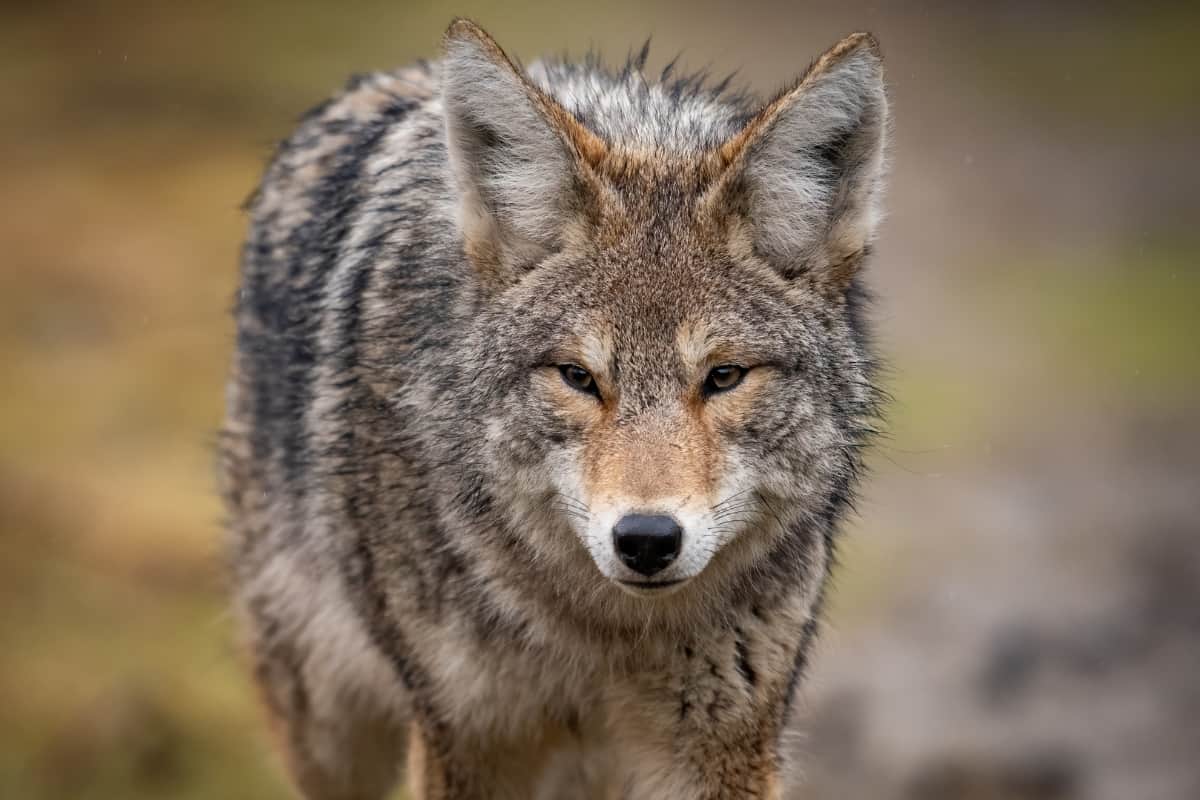
Contents
Historical presence of the coyotes in Maryland
Historically, coyotes have a very active presence on the western side of the Mississippi River. They expanded or shifted towards the eastern side after the elimination of their predators and the settlements of the Europeans in the North American continent during the 20th century. In Maryland, these species were first documented in 1972. First of all, these wild dogs were witnessed in the counties like Frederick, Cecil and Washington. From there these wild animals have expanded everywhere in the state. The population of coyotes is mainly concentrated in the western side of Maryland as compared to their minor presence in the eastern side of Maryland.
Also, read: Are there coyotes in Tennessee?
Ecological impact of the coyotes on Maryland
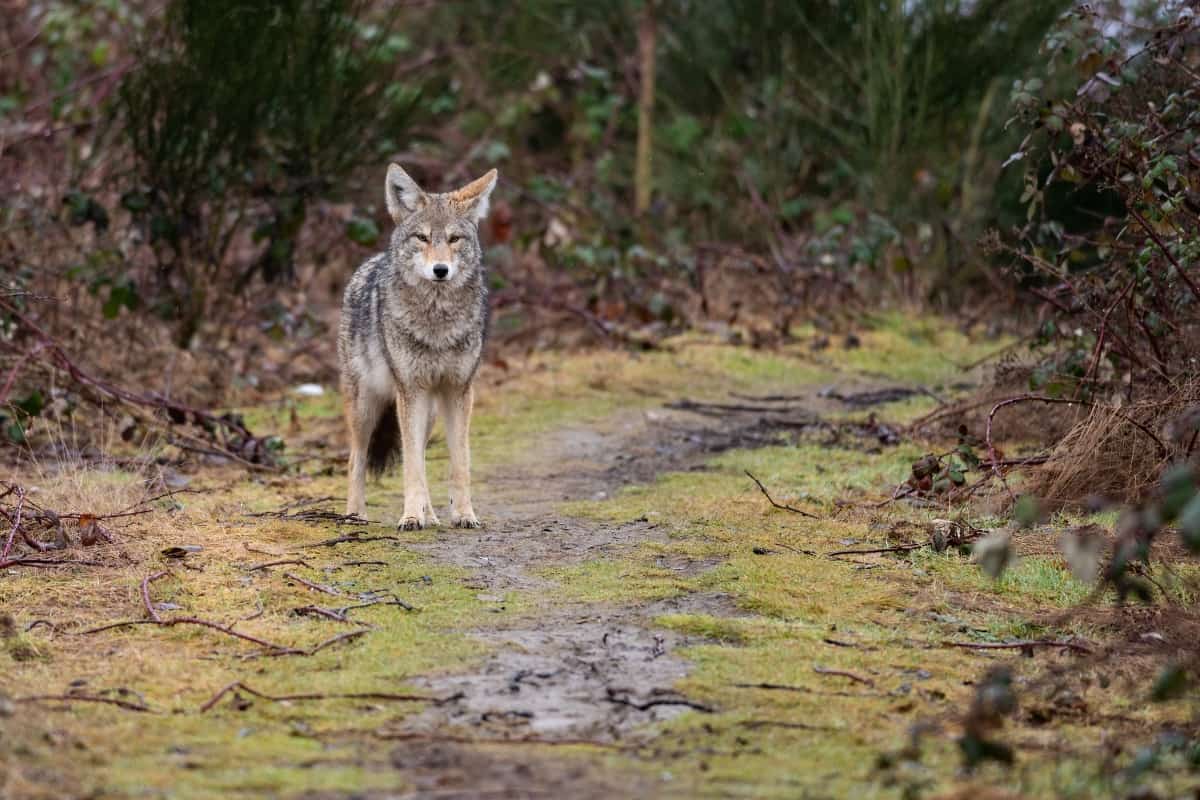
Coyotes have become an established species in Maryland, and their presence has had both positive and negative ecological impacts. It’s important to note that ecological interactions are complex and can vary depending on specific local conditions and the broader ecosystem dynamics. Let’s have a look at the both positive and the negative impacts of the coyotes on the ecology.
Positive impacts of coyotes on the ecology
Regulation of Smaller Mammal Populations: Coyotes help control populations of small mammals such as rodents, as they gradually explode and become pests. This can indirectly benefit local vegetation and reduce crop damage.
Carrion Clean-Up: Coyotes are scavengers and play a role in cleaning up carrion, helping to recycle nutrients and prevent the spread of diseases from decaying animals.
Biodiversity: As a top predator, it can contribute to overall ecosystem diversity and balance.
Negative impacts of the coyotes on the ecology
Predation on Livestock and Pets: Coyotes can prey on livestock, such as sheep and poultry, leading to economic losses for farmers. They may also pose a threat to pets, especially small animals like cats and small dogs.
Potential Impact on Native Wildlife: In some cases, coyotes may compete with native predators, such as foxes and bobcats, for food resources, potentially impacting their populations.
Human-coyote conflict: Urban and suburban areas in Maryland have seen an increase in coyote sightings. Their presence in such areas can lead to concerns about human-coyote conflicts and potential impacts on local wildlife accustomed to more human-dominated landscapes.
Also, read: Are there coyotes in California?
Regulation of the coyotes in Maryland
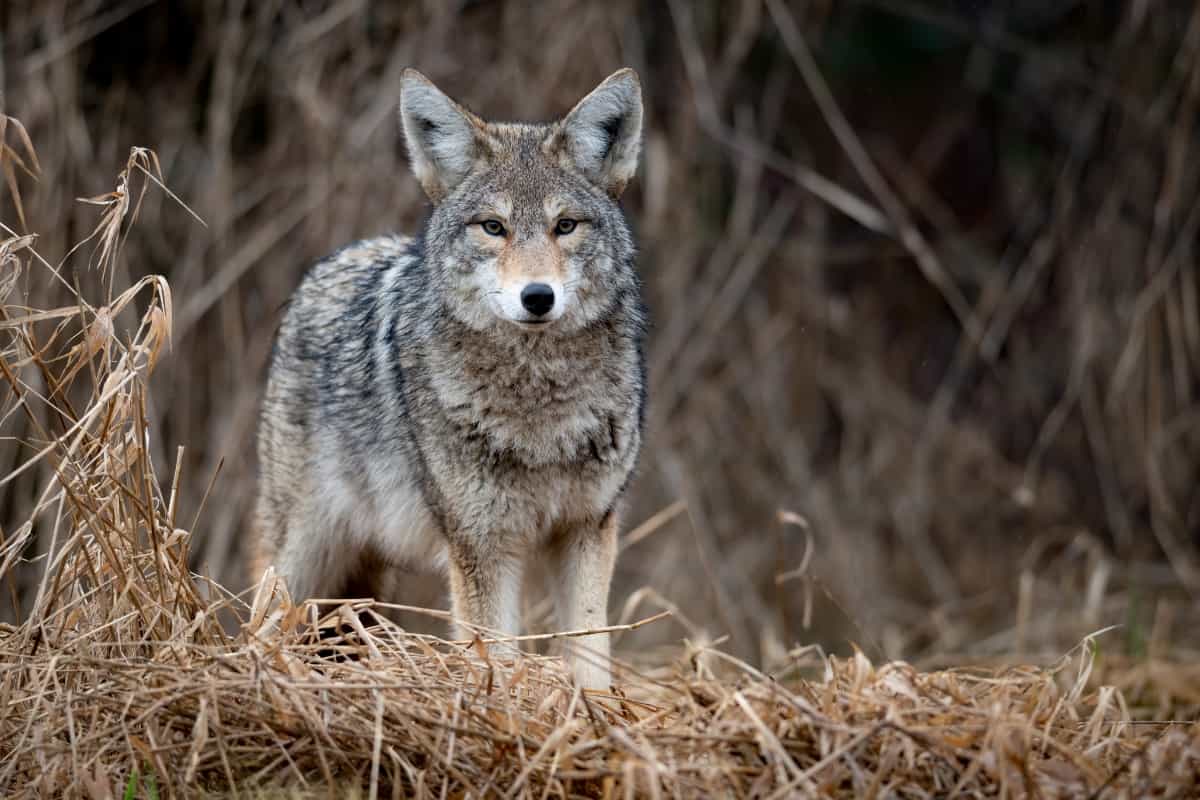
There were no regulations or management techniques about the presence of coyotes in Maryland before 1995. The regulation of coyotes in Maryland falls under the management of the Maryland Department of Natural Resources (DNR). The management approach aims to strike a balance between conserving wildlife, protecting public safety, and addressing human-wildlife conflicts. By realizing their full-time presence in the state, the Maryland DNR ultimately declared them as fur-bearing mammals and subject them to several legal clauses. Here are some aspects of coyote regulation in Maryland:
Hunting and Trapping: Coyotes have been classified as a game species, which means they can be legally hunted and trapped during designated hunting seasons. However, there may be specific restrictions or regulations on hunting and trapping methods, and it’s essential for hunters and trappers to be aware of these rules.
Hunting Seasons: The Maryland DNR sets specific hunting seasons for various game species, including coyotes. These seasons are typically designed to coincide with periods when hunting can be conducted responsibly and with minimal impact on breeding or vulnerable individuals.
Nuisance Animal Control: In cases where coyotes pose a threat to public safety or cause damage to property, landowners or residents can seek assistance from licensed nuisance animal control operators. These operators are trained to address conflicts with wildlife and use appropriate methods to manage problem animals.
Educational Outreach: The Maryland DNR and other wildlife agencies often conduct educational outreach programs to inform the public about living with wildlife, including coyotes. These initiatives help raise awareness about coyote behaviour, potential conflicts, and ways to minimize negative interactions.
Research and Monitoring: Wildlife agencies may conduct research and monitoring efforts to better understand the behaviour and population dynamics of coyotes in Maryland. This data helps inform management decisions and ensure that regulations are based on the best available science.
In 2000, the legislative session of the general assembly finally repealed the sunset clause of the previously approved law and the coyotes were permanently declared the Fur-bearing mammals of the state.
Crackdown of the DNR on the Maryland coyotes
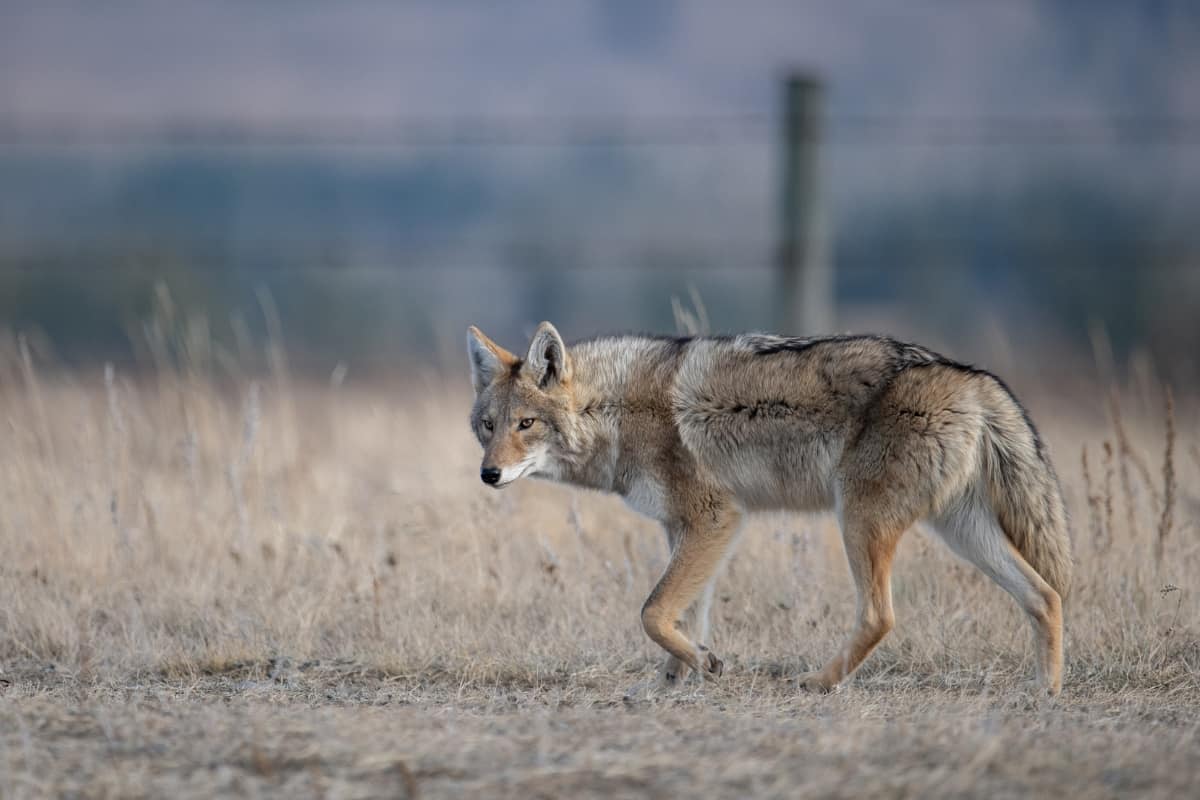
Based on general practices in wildlife management, cracking down on coyotes could refer to implementing stricter regulations or control measures to address specific issues related to coyote populations. Some of these stricter regulations are given as:
Human-Wildlife Conflicts
Wildlife authorities have implemented measures to mitigate these conflicts as there have been increased incidents of coyotes coming into close contact with humans, posing a risk to public safety or causing property damage.
Agricultural Concerns
If coyote prey on livestock, farmers and agricultural stakeholders may seek more stringent management practices to protect these animals and their livelihoods.
Ecological Balance
Wildlife managers might intervene to prevent overpopulation or significant impacts on other native wildlife species that are affected by coyotes’ predation or competition.
Health Concerns
If there are public health concerns related to coyotes, such as the potential for transmitting diseases to humans or pets, authorities may take action to minimize risks.
Research and Monitoring
Wildlife agencies have also intensified research efforts and monitoring programs to better understand coyote behaviour, population trends, and the overall ecological impact to inform their management decisions.
It’s important to remember that wildlife management decisions should be based on scientific data and a comprehensive understanding of the species and its interactions with the ecosystem. Any actions taken by the Maryland DNR or any wildlife agency would likely involve careful consideration of these factors.
General rules of hunting coyotes in Maryland
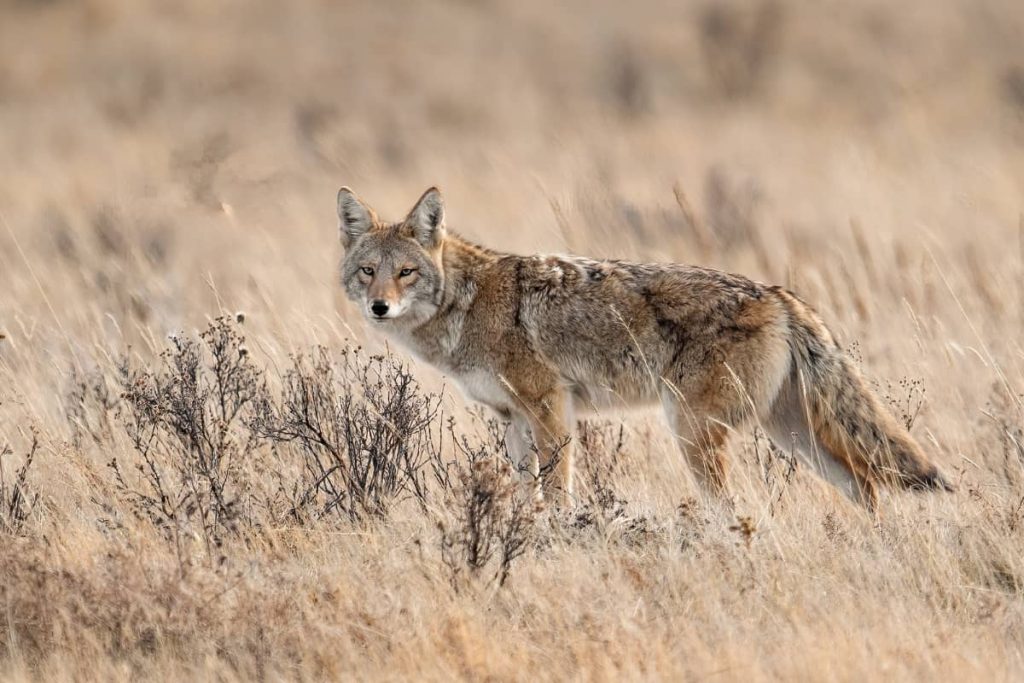
Let’s have a look at some of the general rules and considerations for hunting coyotes in Maryland based on common practices and past regulations.
Hunting Seasons
Maryland typically has specific hunting seasons for various game species, including coyotes. It’s essential to know the exact dates of the coyote hunting season, as hunting outside the designated season may be illegal.
License and Permits
Hunters are required to have a valid Maryland hunting license and may need additional permits or stamps for specific game species like coyotes. Make sure to check the licensing requirements before hunting.
Weapons for hunting
Check the regulations regarding the types of weapons and ammunition allowed for hunting coyotes. There may be restrictions on calibre, shot size, or specific firearm types.
Hunting Zones
Certain areas, such as national parks, wildlife refuges, or private lands, may have specific rules or restrictions regarding hunting. Always seek permission from landowners before hunting on private property.
Bag Limits
Pay attention to bag limits, which specify the number of coyotes a hunter can legally harvest during a specific hunting season. These limits are in place to ensure sustainable hunting practices.
Safety Considerations
Always prioritize safety during hunting activities. Be sure to follow firearm safety guidelines and wear appropriate hunting gear, including hunter orange for visibility. Practice ethical hunting by making clean shots and retrieving downed animals.
Remember, regulations can vary from one region to another and may change from time to time, so it’s crucial to consult the Maryland DNR or the appropriate wildlife agency for the most current and accurate information on hunting coyotes in the state.
Conclusion
Coyotes have become a fascinating and dynamic part of Maryland’s natural landscape. Their presence in the state has had both positive and negative ecological impacts, contributing to the delicate balance of the local ecosystem. As a top predator, coyotes play a crucial role in regulating smaller mammal populations and aiding in carrion clean-up, thus supporting biodiversity. However, their adaptability and expanding territory have also led to challenges, including potential conflicts with humans, predation on livestock and pets, and competition with native wildlife. Balancing human-wildlife interactions is essential to ensure the coexistence of these intelligent and resourceful creatures with Maryland’s communities.

Izzy is an experienced ranch worker who has a passion for exploring nature and getting up close to wildlife. With her connections to various animal organizations, Izzy is well-versed in animal care and rehabilitation.

